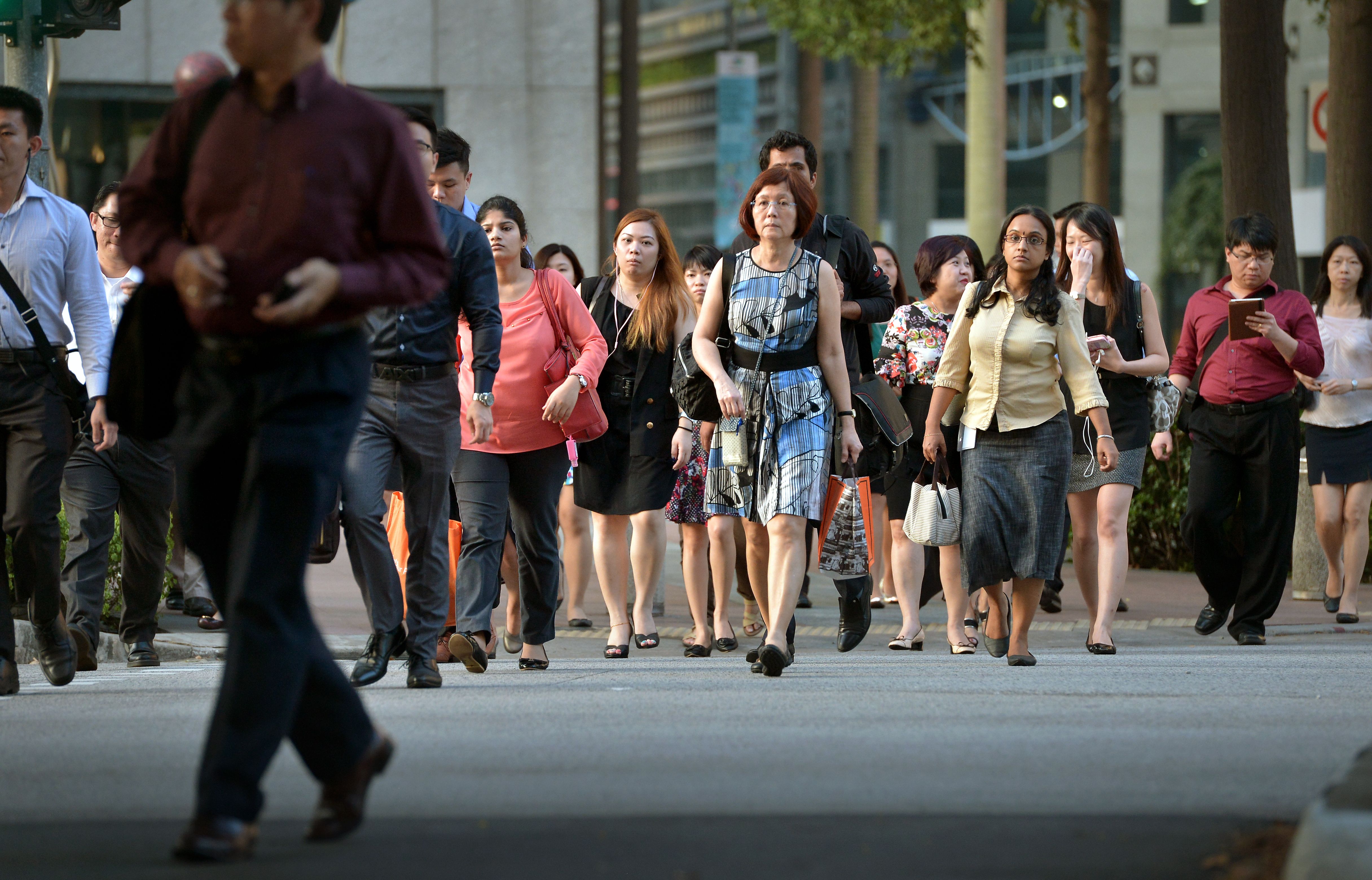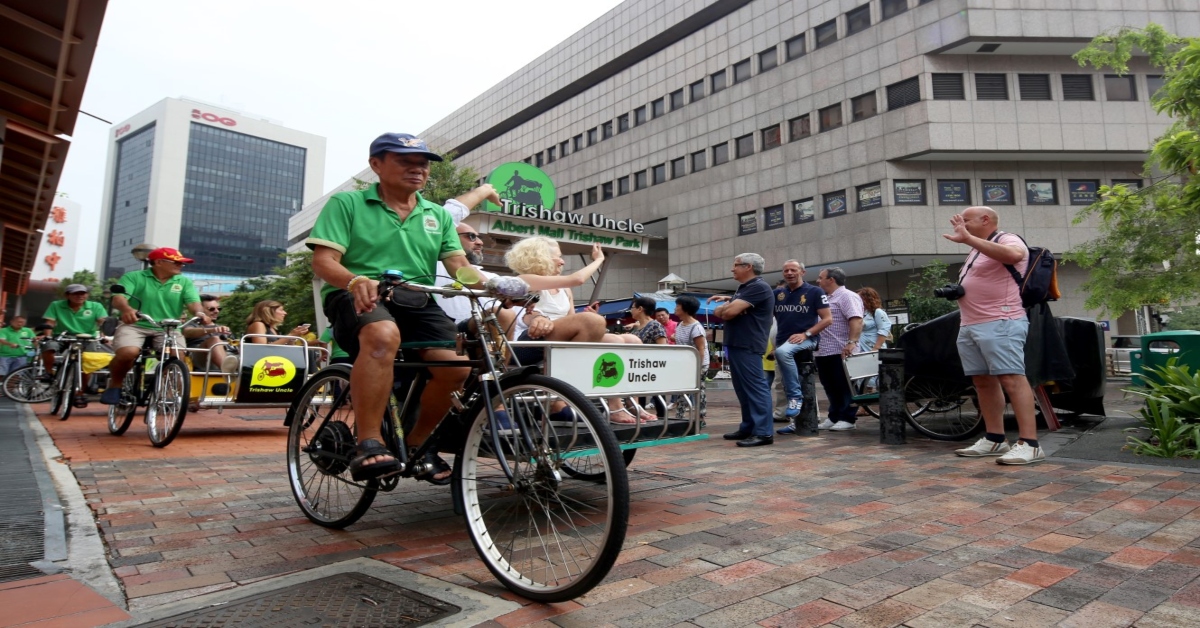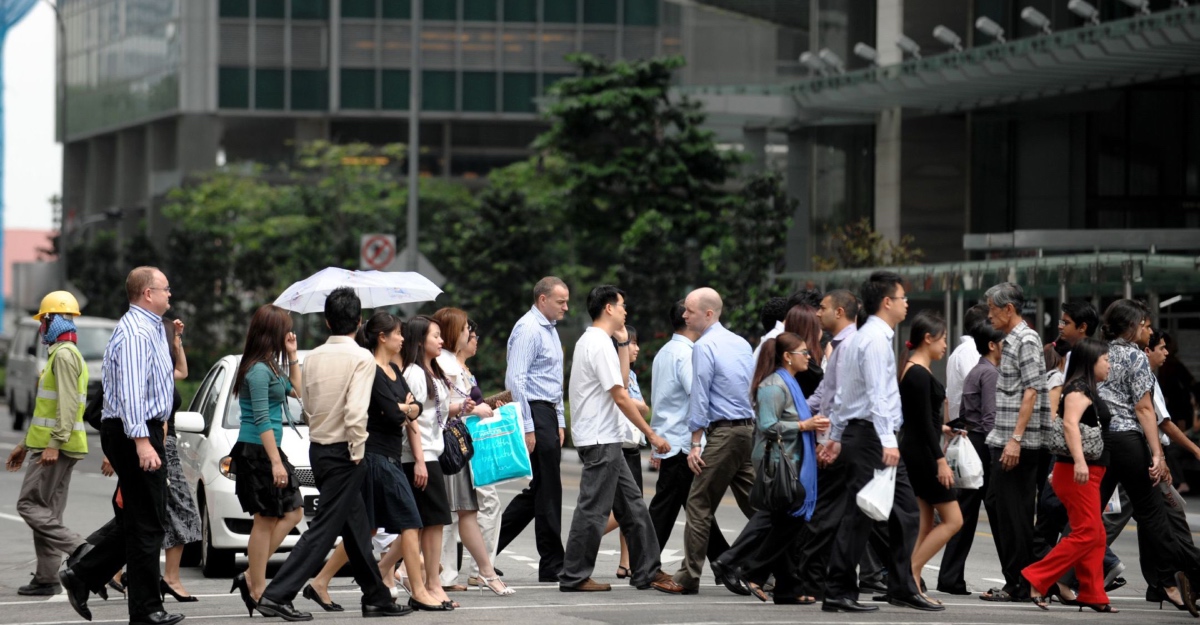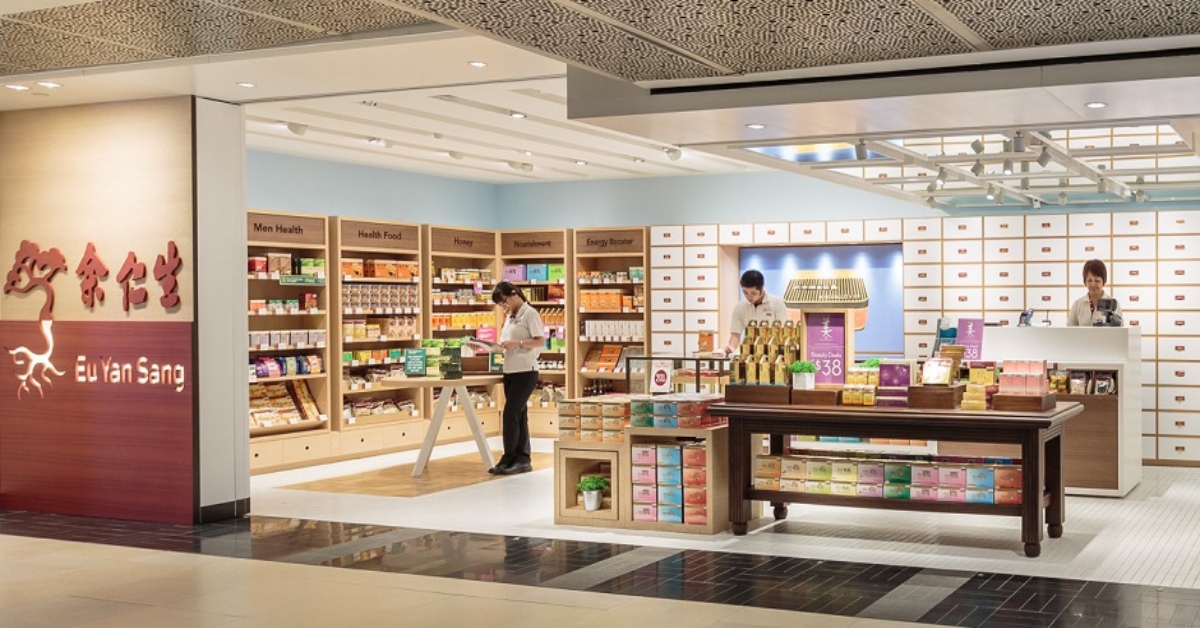Earlier last week, the Ministry of Manpower released the “Labour Market Advance Release 2015″ report, which shed some preliminary insights into the full report that will be released in March 2016.
Here are some important findings:
- Total employment growth was higher in the fourth quarter of 2015 (15,500) than in the previous quarter (12,600), but lower than in the fourth quarter of 2014 (40,700).
- For the whole of 2015, total employment is estimated to have increased by 31,800 or 0.9%, which would be the lowest year-on-year growth since 2003.
- Local employment increased marginally by an estimated 100 (or 0.0%) in 2015, after growing strongly by 96,000 in 2014.
- Foreign employment (excluding FDW) continued to grow at a moderate pace of an estimated (22,600, or 2.0%) in 2015.
- The nominal median monthly income from work of full-time employed citizens (including employer CPF contributions) rose by 6.5% over the year to $3,798 in June 2015, or 7.0% in real terms.
The Number That All Of Us Focus On – 100
Whether we admit it or not, most of these numbers don’t make sense to us, and the only number that we all care about is this: in the whole of 2015, of the 31,800 new employment, only 100 jobs are local jobs, while 31,600 of them are for foreigners.
Compared to the year before, where an extra 96,000 local Singaporeans were employed in the job market in 2014, 100 extra employed Singaporeans last year definitely raises a lot of questions. When we sat down with Minister of Manpower Lim Swee Say, here’s how he framed the numbers on what actually is happening in Singapore’s labour market.
Singapore Is Running Out Of Local Labour Force
According to Minister Lim, unemployment rate in Singapore remained steady at 2.8% and broadly unchanged since 2011, what has changed since last year is that, Singapore is now running out of the local labour force.
The labour force participation rate, which is the technical term for those that want to work, has been increasing steadily, which is good – this means that locals who want to get a job has a job. If this is increasing steadily, the explanation for the marginal increase (100 extra local employed Singaporeans) in local employment would simply be – Singapore is running out of local labour force.
Foreign Job Increase In 2015 Is Necessary For Economic Growth
So then you might ask, if there are only 100 extra jobs for Singaporeans last year, why then are there 31600 extra jobs for foreigners last year?
To answer this, Minister Lim pointed out that for economic growth (GDP), there are two main factors that contribute to it: employment growth and productivity. If there are no growth in both employment and productivity, the net result would be a stagnating economy. Singapore has been growing at a 3-4% GDP growth over the past few years, and we need to maintain that. However, productivity for the country has remained at a disappointing 0%, and to make up for that, we need employment growth.
Because we are seeing a shrinking local employment growth, we can’t just shut off completely on the foreign employment growth, which would result in a stagnating economy in Singapore, hence the foreign employment growth is kept at 2% last year. The foreign employment growth is also moderated by the government, and is the lowest employment growth since 2010.
These foreign employment are also issued at high value sectors such as the information and communications sector so that it is beneficial to the country at large.
The Years Of High Employment Growth Is Over
Another significant point brought up by Minister Lim is that, the era of high growth in local manpower is over. This is probably a worrying trend for companies in Singapore. Local workforce will be harder to come by. Some reasons cited by Minister Lim included the huge number of young people dropping out of the workforce, as well as sectoral weaknesses.
Probably the biggest party that would be affected by this are the SMEs in Singapore. Over the past few years, businesses have closed their doors because of difficulty in getting local manpower, or labour cost does not make business sense for them to continue. Further tightening on foreign employment over the past few years didn’t help as well. For businesses, the right manpower, especially among locals, will be harder to come by. This is further amplified by the rise of the on demand and freelance economy, where there will be more and more young professionals taking up freelance and part time jobs.
In order to stay competitive then, businesses increasingly need to be more productive, and the government is working hard to push for productivity across the different sectors in Singapore. For individual companies too, if we are using productivity and manpower growth as signs of overall growth, if there are no increase in headcount, then your productivity has to increase.
So for fellow business owners, we will definitely be seeing tough times ahead.
Image Credit: Business Times












